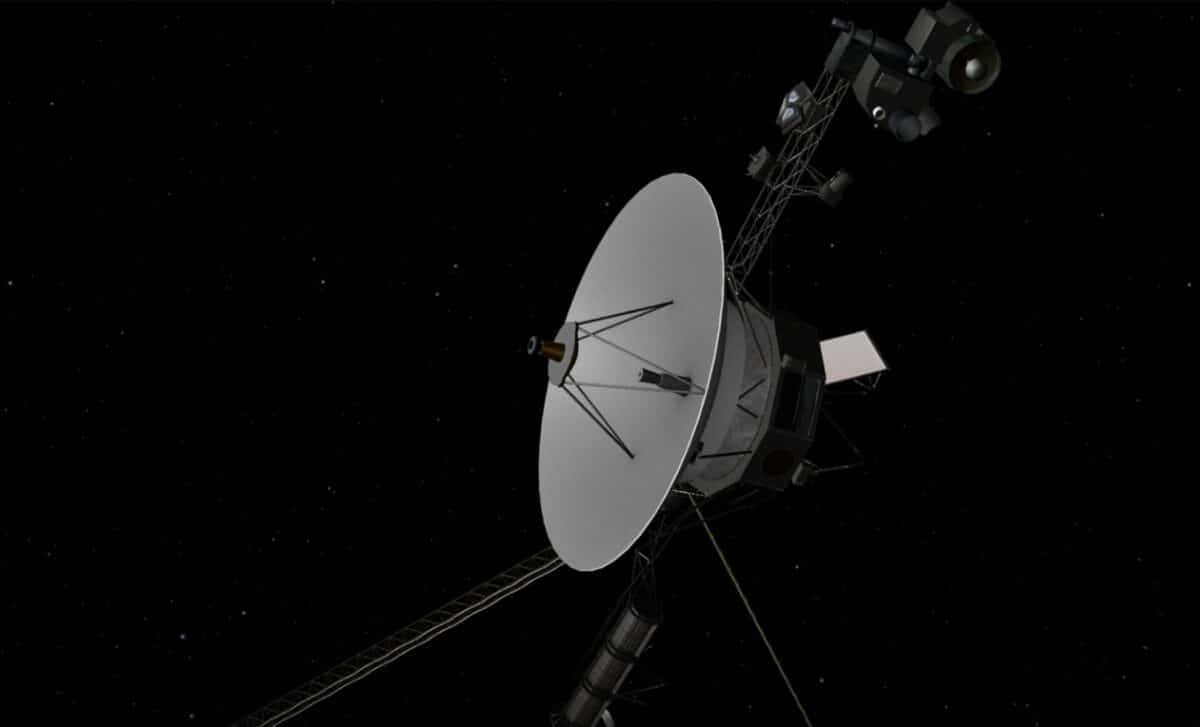NASA's Voyager 1 spacecraft, which has been traveling through space for nearly 47 years, has resumed transmitting science data from all four of its instruments.
This marks a significant milestone for the mission, which has faced technical challenges in recent months. Voyager 1, currently more than 15 billion miles from Earth, continues to provide valuable data about interstellar space.
Voyager 1 Resumes Data Transmission After Technical Troubles
The resumption of data transmission follows a period of technical difficulties that began in November 2023. A computer malfunction caused Voyager 1 to send back garbled data, prompting NASA engineers to form a "tiger team" to diagnose and fix the issue.
The team discovered that a corrupted memory chip was the source of the problem and successfully reprogrammed the spacecraft's software to bypass the faulty chip. By April, communications with the spacecraft were restored, and by May 19, two of the instruments had started returning data, with the remaining two following shortly after.
Linda Spilker, Voyager project scientist, shared the significance of this achievement: "The tiger team was able to reprogram and relocate that code, first for the engineering portion of the data modes coming from the spacecraft. We are now getting science data back from all four Voyager 1 science instruments. This is the first flight software update made to a spacecraft in interstellar space."
Ongoing Challenges And Maintenance
While the instruments are back online, additional work is needed to ensure the spacecraft operates smoothly. Engineers will resynchronize the timekeeping software in Voyager 1's three onboard computers to ensure commands are executed correctly. Maintenance will also be performed on the digital tape recorder, which records some data for the plasma wave instrument and is sent to Earth twice per year. Most of the Voyagers' science data is sent directly to Earth without being recorded.
Voyager 1, along with its twin Voyager 2, is NASA's longest-running and most distant spacecraft. Voyager 2 is more than 12 billion miles from Earth. Both probes have provided invaluable data since their launches in 1977, flying past Jupiter and Saturn, with Voyager 2 also visiting Uranus and Neptune.
Power And Thermal Concerns
The key challenge now facing the Voyager mission is the declining power levels of the spacecraft. Each Voyager loses about four watts of power per year due to the decay of their plutonium-238 power supplies and the degradation of the thermocouples that convert this decay heat into electrical power.
Mission controllers have managed this decline by turning off nonessential systems, including heaters that keep instruments and other components warm.
Spilker highlighted the ongoing power management efforts: "What’s happening is that the spacecraft is becoming cold, so we have both a power concern as well as a thermal concern. At some point, the mission will have to start turning off instruments themselves, but we are hopeful that the spacecraft can continue to operate perhaps into the next decade."
Looking Ahead
The mission team aims to keep Voyager 1 operational until at least 2027, the 50th anniversary of its launch. If the spacecraft remains functional until 2035, it will be approximately 200 astronomical units, or about 30 billion kilometers, from the sun. This continued operation will provide further opportunities to gather data about the interstellar medium, contributing to our understanding of the environment beyond our solar system.
The announcement of Voyager 1's restored capabilities came shortly after the passing of Ed Stone, who served as the Voyager project scientist from the mission’s inception in 1972 until his retirement in 2022. Stone was a pivotal figure in the mission's success and its ongoing legacy.
Reflecting on Stone's contributions, Spilker said, "Ed Stone would often say during the planetary flyby phase that we had a rare opportunity with the alignment of the planets and we seized it. I would add that both Voyagers still have rare opportunities, and Ed will continue to seize them."
Voyager 1's ability to continue returning science data after nearly half a century in space is a testament to the ingenuity and dedication of the mission's engineers and scientists. As the spacecraft ventures further into interstellar space, it continues to push the boundaries of human exploration and expand our understanding of the universe.




